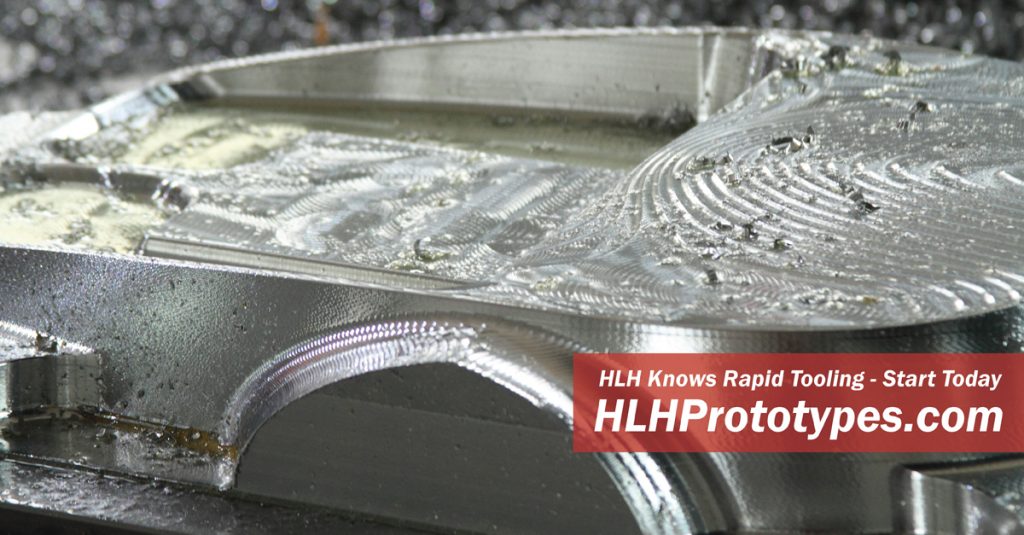What is Rapid Tooling?

Rapid tooling is known by many names including prototype tooling and soft tooling, but it is essentially pared back injection mold tooling enabling you to quickly and cheaply get parts.
It is important to differentiate between the concept and the realisation as there are many ways of achieving the same results.
Conceptually it is any type of injection mold tooling, manufactured quickly and inexpensively to enable testing and validation of parts before you invest in production tooling.
In terms of realisation, anything that allows you to do this can apply.
The main reason people manufacture rapid tooling is for testing and validation of parts in the prototyping stages of new product development. Although other prototyping options such as 3D printing, CNC or vacuum casting would generally allow faster and cheaper prototypes the main advantage of rapid tooling lies in the process and materials.
Rapid tooling allows you to use the actual production grades of material, allowing you a much clearer picture of how the parts will act in real-world applications and enabling you to test and confirm you have made the correct material choices. Parts are also injection molded as they would be in production so you can also use them for stress and impact testing, for example, exploring any weak areas due to weld lines or other imperfections from the injection molding process such as shrink and warping. With this information, you can then better determine if any changes need to be made before expensive production tooling.
People also use rapid tooling to test the parameters of production and ensure they will get parts that fill correctly and act as desired. In this way, engineers and designers are able to catch a lot of future process flaws and implement redesigns or other measures to prevent issues with the final parts.
There are a number of other reasons for selecting rapid tooling, other than the prototyping and testing already mentioned. Principally it is a low cost, rapid option for manufacturing injection molded parts. The advantages of speed allow you to get parts to market quickly, and the cost advantages allow both market testing and mean it is a suitable choice for lower volume production runs.
In terms of how to make a rapid tool, there are many different approaches depending on the part and requirements but the general idea is to reduce as far as possible the time taken and costs involved in the manufacture. This includes various techniques such as;
- utilising standard mold bases and just manufacturing inserts
- using aluminium or soft steels which machine faster
- cutting out extra processes such as EDM
- using low-cost components
- manual inserts
An emerging option is also to use 3D printing in both plastics and metals to replace a lot of the conventional parts of the tools.
Different companies approach the manufacture of rapid tools in different ways but the very nature of rapid tooling and product development process means most specialist companies are able to offer a level of flexibility to achieve what you need.
So what you need to know when trying to source a rapid tool manufacturer for your project? Essentially you need to be very clear on what exactly you are after. Obviously, the increased speed and lower costs of rapid tooling compared to conventional production tooling are also going to impact somewhat on the final parts, but as long as you know what you are looking for and make your requirements clear to the manufacturer you should be able to avoid surprises.
James Murphy

